How Oil Drilling Animation Helps Prevent Rig Disasters
The oil and gas industry is the most challenging and dangerous of all industries, where minor errors can lead to catastrophic accidents. State-of-the-art oil drilling animation has now emerged as an essential tool in training, planning, and safety protocols to mitigate these risks. With visualization of the drilling process animation, workers and engineers can be informed about potential hazards and prevent rig catastrophes in the first place.
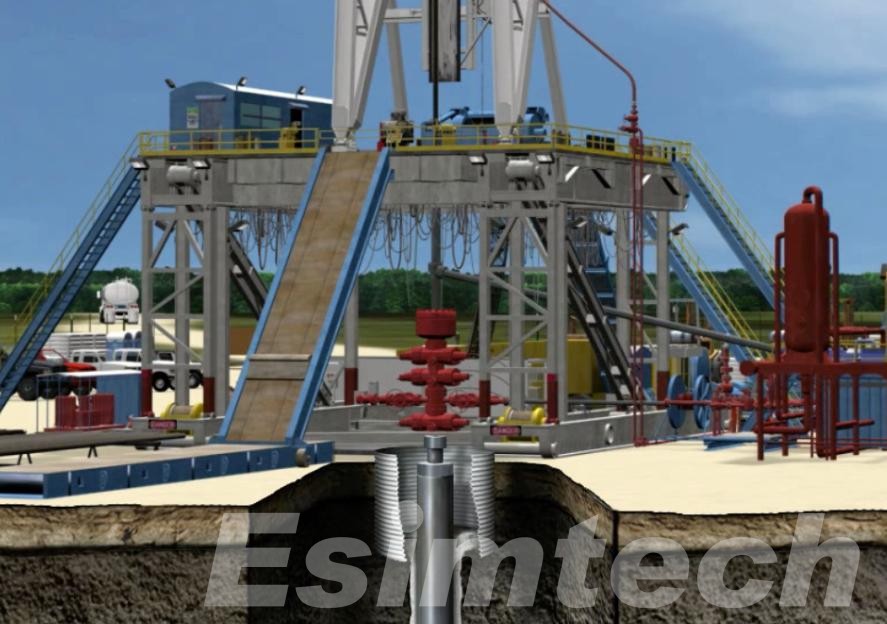
The Science Behind Oil Drilling Animation
Oil drilling is a high-risk enterprise in which accuracy and safety are highly critical. Oil drilling animation makes the intricate process tangible using sophisticated 3D modeling, real-time integration of data, and dynamic simulations. Such animations mimic all phases of the drilling process, from wellbore development to pressure management, allowing engineers and rig crews to see operations that would otherwise be imperceptible underground.
Essentially, oil well drilling animation relies on computational physics and engineering algorithms to simulate:
- Geological formations – Rock layers and fluid pressures mapping to predict drilling challenges.
- Equipment mechanics – Demonstrating how casings, drill bits, and blowout preventers function under different conditions.
- Fluid dynamics – Modeling mud circulation and gas influx to prevent kicks and blowouts.
By incorporating all these aspects, drilling process animation develops an interactive training and planning module. Engineers are able to simulate various drilling methodologies in a safe virtual setting, while trainees have practical experience without setting foot on an operational rig.
In addition, real-time data feeds allow animations to react in real time, providing real-time data regarding well stability and equipment operation. Through this blend of science and visualization, not only is knowledge enhanced, but costly—and even deadly—rig disasters are also avoided.
In essence, oil drilling animation converts theoretical know-how into operational awareness, which makes drilling smarter, safer, and more efficient.
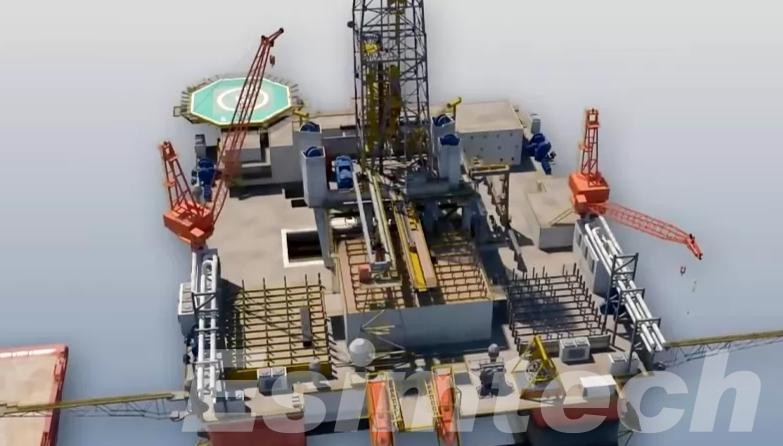
How Animation Prevents Rig Disasters
Animation of oil drilling is a valuable safety improvement tool that converts muddled information into clear, actionable visualizations. Instead of relying on numbers or static graphics, animation provides an eye-level view of what is happening in and around the wellbore in real time. This greater openness allows engineers and operators to see the early warning signs of problems—such as unusual pressure changes, equipment stress, or anomalies in mud flow—before they escalate into disasters.
One of the greatest advantages of drilling process animation is its ability to simulate all sorts of “what-if” scenarios. Those models help groups prepare for the worst-case scenario, e.g., blowouts, stuck pipe, or equipment failure. Simulating those events in a virtual reality, groups can try response procedures, identify weaknesses, and sharpen emergency procedures.
In addition, animation of oil well drilling improves crew training greatly. New recruits and even seasoned professionals can visualize complex operations step by step, from kick detection to well control routines, so that they better comprehend and respond faster in real emergencies. These visual aids also allow for cross-departmental communications, which unites engineers, geologists, and rig crews on a common safety strategy. Last but not least, animation translates information into foresight—prevents accidents before they happen.
Types of Safety-Focused Drilling Animations
In the oil and gas drilling industry, where there is a high probability of accidents, safety takes priority. Oil drilling animations are a powerful aid to prevent accidents by simulating real conditions, preparing operators, and refining emergency plans. There are three most critical forms of safety-focused animations used in the industry:
Well Control Simulations
Among the most serious risks in drilling is a blowout—uncontrolled gas or oil release. Well control animations remind rig crews of how to recognize and react to pressure imbalances before they become uncontrollable. The simulations demonstrate:
- Kick Detection: Watching how influxes of formation fluids invade the wellbore so that crews can see early warning signs.
- Blowout Preventer (BOP) Operations: Illustrating how BOPs shut the well in case of emergencies, e.g., ram and annular preventer operations.
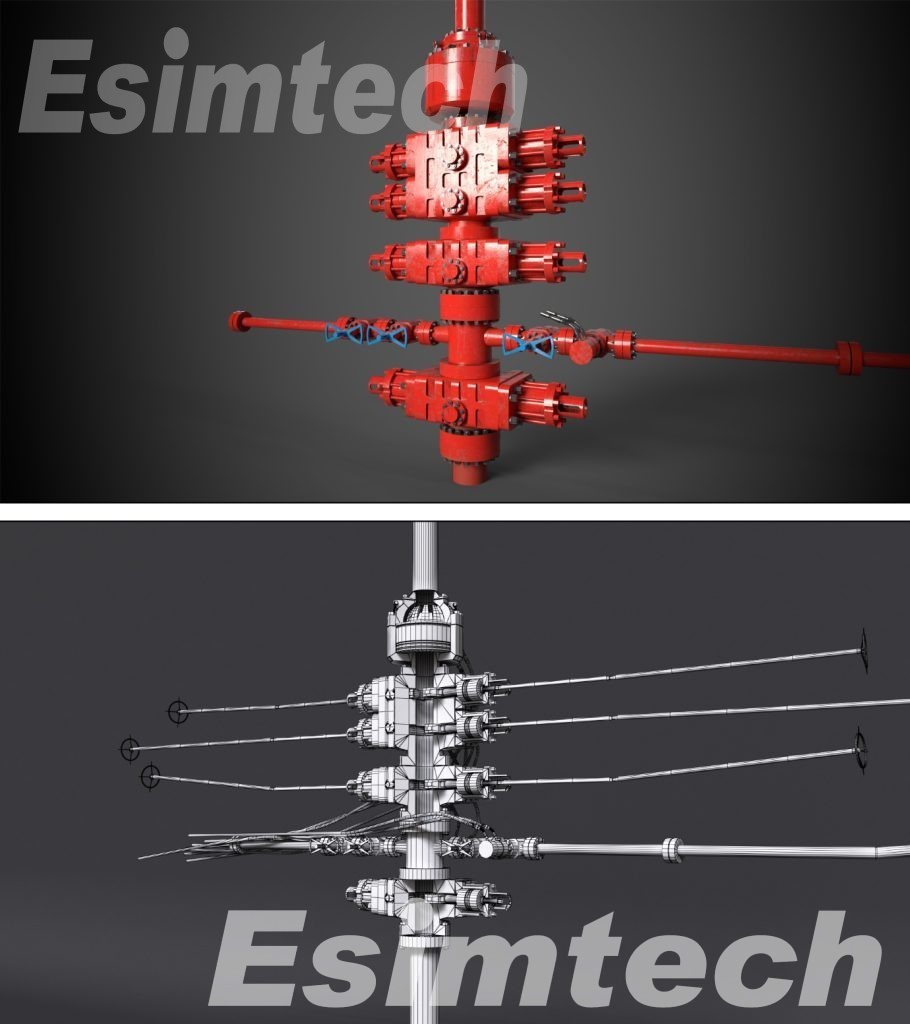
- Kill Procedures: Simulating dynamic kill processes (e.g., driller’s method, wait-and-weight) to manage well pressure.
With continuous practice of these scenarios virtually, operators develop muscle memory and confidence, reducing human error during actual emergencies.
Equipment Failure Visualizations
Drilling rigs rely on advanced gear, and equipment failure can lead to costly downtime or even catastrophic collapse. Drilling animations of oil wells break down critical components—such as down hole tools, drill bits, mud pumps, and casing systems—to illustrate:
- Warning Signs of Failure: Recognizing telltale indicators of wear and tear (e.g., patterns of vibration, pressure loss) before the failure occurs.
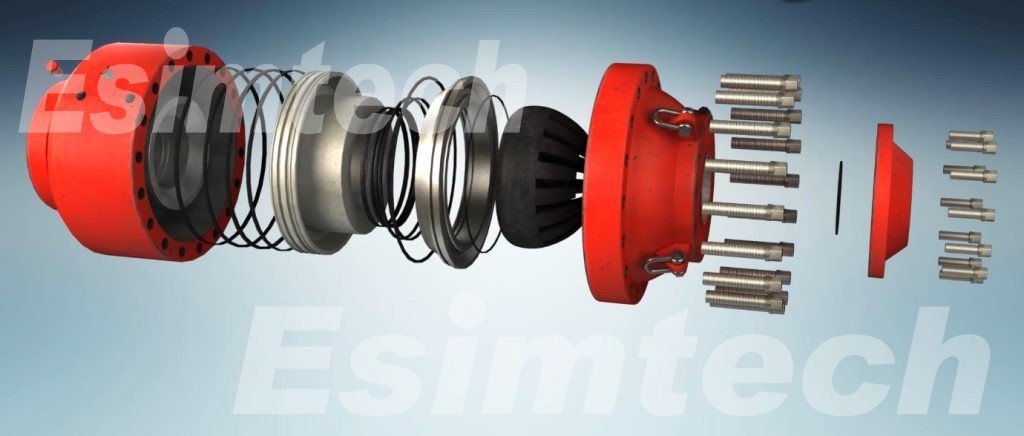
- Maintenance Procedures: Visualizing proper inspection and repair methods to optimize equipment longevity.
- Emergency Shutdown Sequences: Simulation of how to safely shut down operations in the event of a failure being detected.
These representations help engineers and technicians with faster fault diagnostics, minimizing risks and improving operational efficiency.
Environmental Impact Models
Oil leaks and spills have devastating environmental and economic consequences. Animated drilling processes mimic potential environmental hazards and teach optimal prevention and response techniques, including:
- Spill Prevention: Illustrating successful wellbore integrity tests and casing designs to avoid leaks.
- Containment Strategies: Modeling boom deployment, skimming, and other spill control measures.
- Regulatory Compliance Training: Making crew members comply with environmental protection regulations to avoid violations.
Through visualization of worst-case scenarios, companies are able to refine emergency response plans and reduce the chances of environmental disasters.
From blowout prevention to equipment failure prevention and ecosystem protection, oil drilling animations are a safety game-changer for the industry. Through the use of these interactive training tools, companies can enhance readiness, reduce accidents, and streamline drilling operations to be more efficient and smoother.
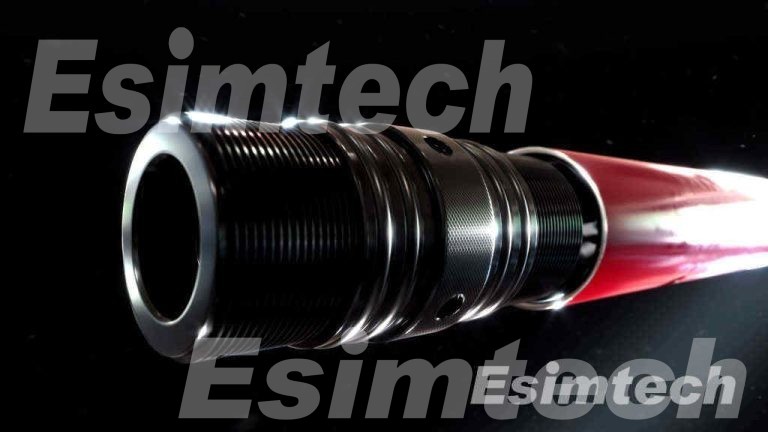
Conclusion
The use of oil drilling animation, drilling process animation, and oil well drilling animation within rig operations has revolutionized risk management within the oil and gas sector. From detecting subtle pressure anomalies, stress-testing mission-critical equipment, or protecting fragile ecosystems, these advanced visual aids provide decision-makers with actionable intelligence long before a catastrophe has the opportunity to occur. As the sector further adopts digital transformation, the contribution of animation towards safety and efficiency on the rig floor will only become increasingly vital.
